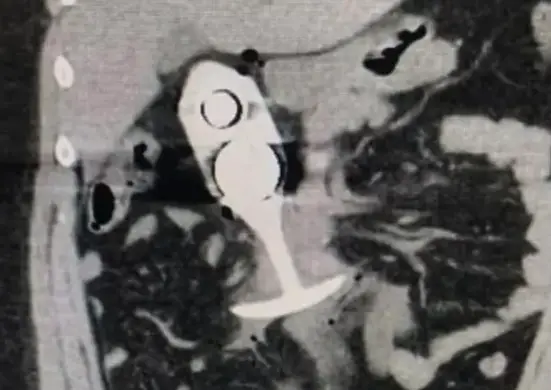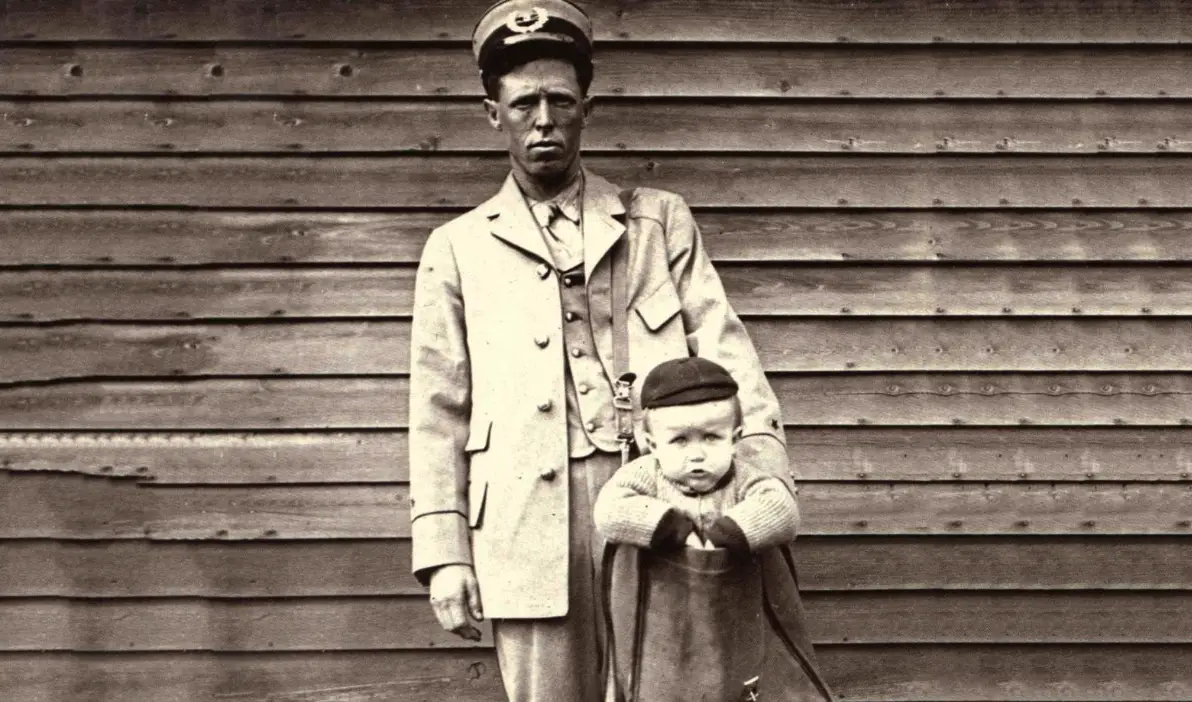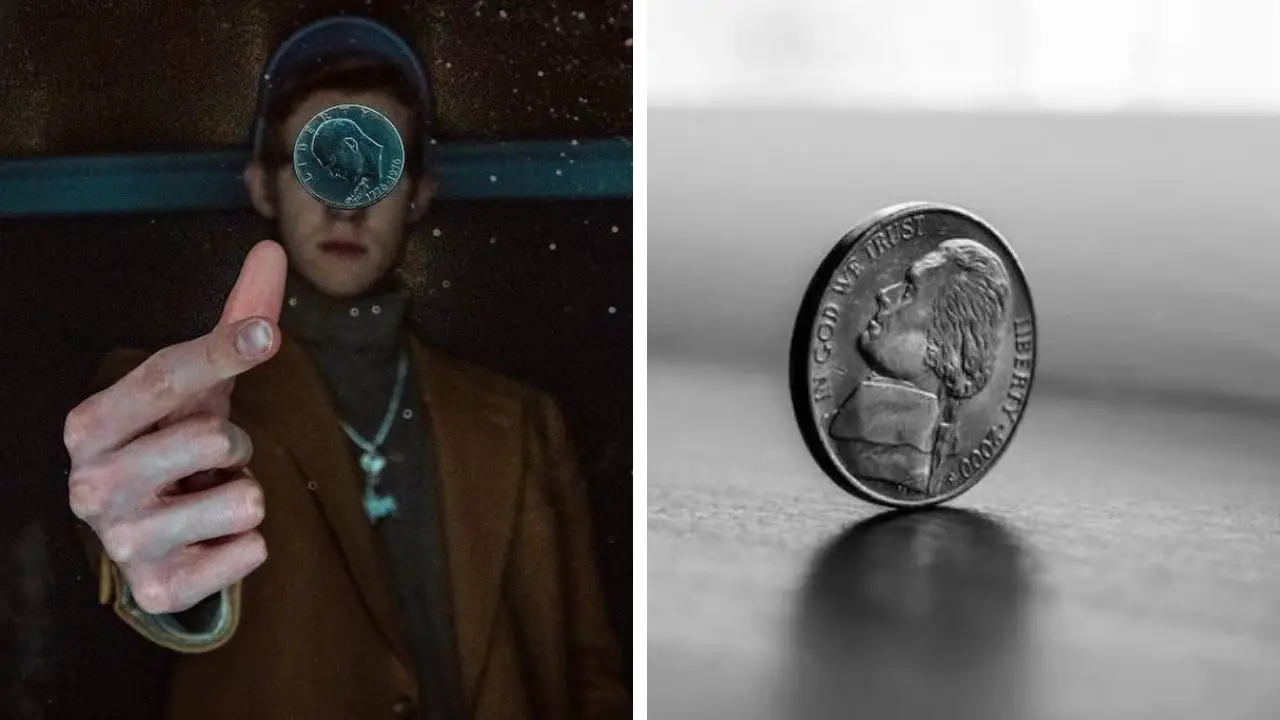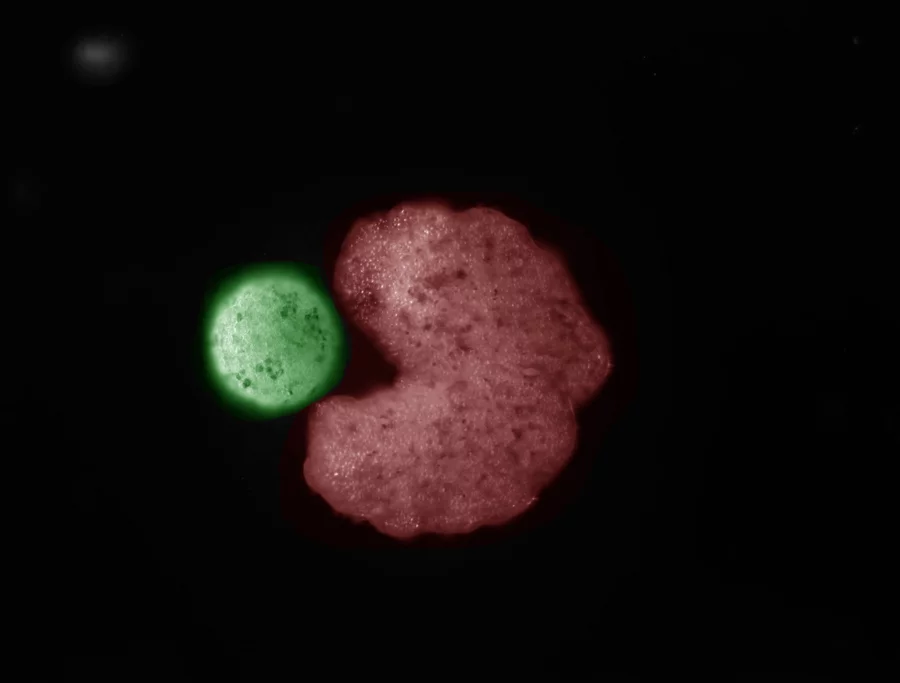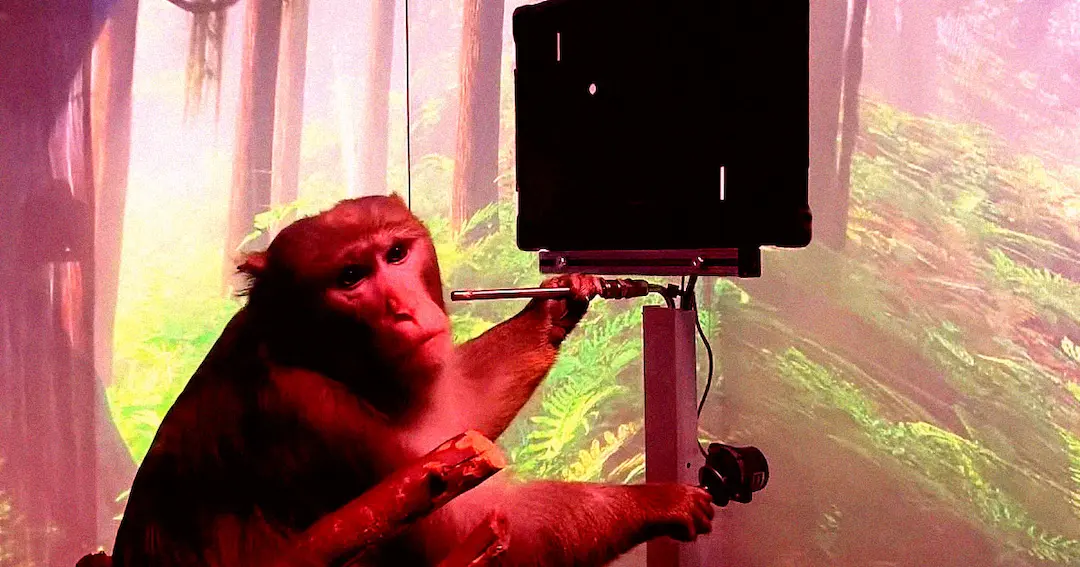Unveiling the Startling Truth of the 6-inch-long Atacama ‘Alien’ Skeleton – Insights from Prominent Scientific Research Institutes
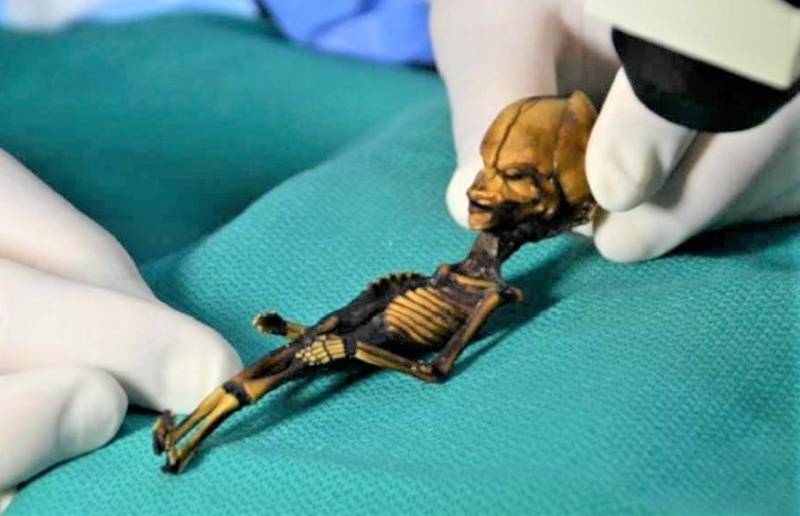
In the realm of science and research, a recent discovery has captivated the world’s attention. I am thrilled to bring you a brief overview of the astonishing finding—the unearthing of a 6-inch-long ‘alien’ skeleton in Atacama, Chile.
This remarkable discovery, with its peculiar features and enigmatic origins, has left scientists and the public in awe, prompting intense scrutiny and debate.

Importance of the Discovery in the Field of Science and Research
The significance of this discovery extends far beyond its intriguing appearance. In the field of science and research, it holds immense importance.
By studying the genetic abnormalities and rare congenital disorders present in the Atacama Skeleton, scientists gain invaluable insights into human genetic diversity, evolutionary biology, and the potential impact of medical conditions on our species.
This revelation reshapes our understanding of the complex tapestry of human existence and highlights the power of scientific inquiry in unraveling the mysteries of our world.
Background of the Atacama Skeleton
Unusual Characteristics of the Atacama Skeleton
As I delve deeper into the captivating story of the Atacama Skeleton, let’s take a closer look at its description and unique characteristics.
Measuring a mere 6 inches in length, this skeletal remains possesses distinct features that set it apart from conventional human skeletons. Notably, it exhibits an elongated skull and an unusually low count of only ten pairs of ribs.
These striking physical traits have piqued the curiosity of scientists and the general public alike, propelling the skeleton into the realm of scientific fascination.
Initial Speculation and Public Interest
Since its discovery in 2003, the Atacama Skeleton has garnered significant public interest, leading to a flurry of speculation and intrigue.
Its mysterious appearance, resembling popular depictions of extraterrestrial beings, has ignited imaginations worldwide.
The media coverage surrounding this intriguing find has further fueled public fascination, capturing attention and stirring excitement among people of all backgrounds.
Controversial Theories and Misconceptions Surrounding the Skeleton
With heightened public interest, numerous controversial theories and misconceptions have emerged.
Some have speculated about the possibility of the skeleton’s extraterrestrial origins, suggesting it could be evidence of alien life.
Others have entertained ideas of secretive government experiments or connections to ancient civilizations.
However, it is important to approach these theories with caution, as they often lack concrete evidence and may stem from misunderstandings.
Unraveling the truth behind the Atacama Skeleton requires a careful examination of scientific evidence and a critical assessment of the prevailing theories.
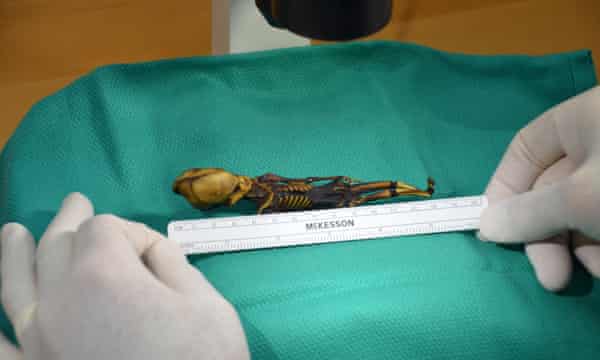
Scientific Analysis and Findings
In-depth Examination of the Scientific Study Conducted on the Atacama Skeleton
Now, let’s delve into the fascinating world of scientific analysis that sheds light on the mysteries surrounding the Atacama Skeleton.
A team of esteemed researchers, armed with their credentials and expertise, embarked on an in-depth study to unravel the secrets hidden within this enigmatic skeletal remains.
Research Team and Their Credentials
Led by a team of dedicated scientists, including renowned experts such as Dr. Atul Butte and Dr. Garry Nolan, this study brings together a wealth of knowledge and experience.
These experts boast impressive credentials in the fields of genetics, anthropology, and evolutionary biology, making them well-equipped to tackle the complexities of the Atacama Skeleton’s analysis.
Methodology Used in the Analysis
The scientific examination of the Atacama Skeleton involved a meticulous and rigorous methodology.
Advanced techniques and state-of-the-art equipment were employed to extract valuable information from the remains.
High-resolution imaging, DNA analysis, and comparative studies with both human and non-human species were integral to unraveling the secrets concealed within the skeleton.
Key Findings from the Study
The meticulous scientific analysis of the Atacama Skeleton yielded key findings that revolutionized our understanding of its origins and implications.
Skeletal Abnormalities and Their Implications
The study revealed the presence of rare skeletal abnormalities within the Atacama Skeleton. These abnormalities played a crucial role in shaping its unique appearance.
By meticulously examining these variations, scientists gained valuable insights into the intricate complexities of human skeletal development and the potential impact of genetic mutations.
DNA Analysis and Genetic Abnormalities
Through DNA analysis, the research team unlocked crucial information about the genetic makeup of the Atacama Skeleton.
This analysis revealed genetic abnormalities, further deepening our understanding of the underlying medical conditions that afflicted the individual to whom the skeleton belonged.
These findings highlight the importance of genetic diversity and the significance of studying rare genetic disorders.
Comparison with Human and Non-Human Species
In a quest to unravel the enigma surrounding the Atacama Skeleton, scientists conducted comparative studies with both human and non-human species.
These comparisons provided valuable insights into the natural variations that can occur within our own species and shed light on the evolutionary aspects of human biology.
This broader perspective contributes to our understanding of the complexity and diversity of life on Earth.
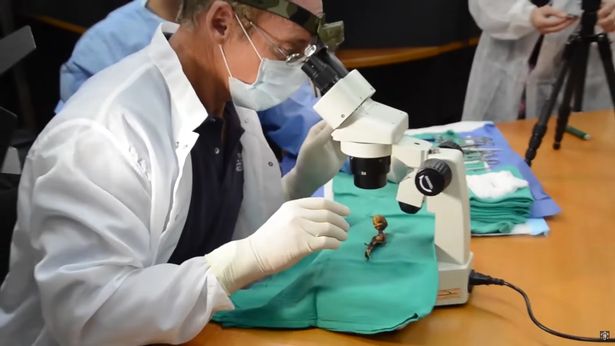
Impact on the Field of Genetics and Anthropology
Significance of the Atacama Skeleton in Genetic Research
The Atacama Skeleton’s discovery has left an indelible mark on the field of genetics, opening new avenues of research and expanding our understanding of human genetic variation.
This remarkable find offers researchers a unique opportunity to delve into the intricacies of genetic abnormalities and their implications.
By studying the genetic makeup of the skeleton, scientists can unravel the underlying causes of rare congenital disorders, contributing to advancements in medical genetics and potentially paving the way for improved diagnosis and treatment options.
Insights Gained into Human and Non-Human Genetic Variations
The Atacama Skeleton has provided invaluable insights into the spectrum of genetic variations that exist within the human species.
Through comparative analysis with human and non-human species, researchers have gained a deeper understanding of the intricate tapestry of genetic diversity.
These findings shed light on the natural variations that can occur within our own species and offer a broader perspective on the evolution and adaptation of different populations.
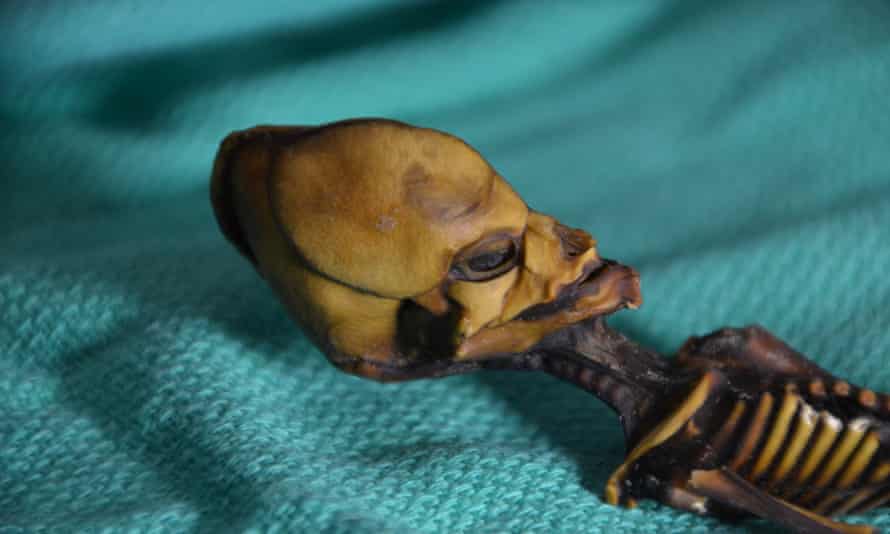
Contribution to Our Understanding of Ancient Populations and Evolutionary Biology
In addition to its impact on genetics, the Atacama Skeleton has made significant contributions to the field of anthropology and evolutionary biology.
By examining the skeletal remains, scientists can glean insights into ancient populations and their migration patterns.
The study of the skeleton’s physical characteristics and genetic markers helps reconstruct the evolutionary history of human populations, offering a window into our past and the factors that have shaped our species.
The Atacama Skeleton stands as a testament to the power of scientific inquiry and its ability to unlock the secrets of our genetic heritage.
As researchers continue to delve into its mysteries, we can anticipate further breakthroughs that will not only deepen our understanding of human biology but also pave the way for advancements in medical research and the study of our ancient origins.
Public Perception and Media Coverage
Media Sensationalism and the Portrayal of the Atacama Skeleton
The discovery of the Atacama Skeleton ignited a frenzy of media attention, leading to sensationalized portrayals and speculative narratives.
Sensationalism, driven by the skeleton’s alien-like appearance, captured the public’s imagination and fueled exaggerated stories.
The media’s focus on extraterrestrial theories overshadowed the scientific investigation, often distorting the true significance of the findings.
This sensationalism underscored the need for responsible reporting and accurate portrayal of scientific discoveries.
Impact on Public Interest and Belief in Extraterrestrial Life
The media’s portrayal of the Atacama Skeleton had a profound impact on public interest and belief in extraterrestrial life.
The intriguing resemblance to popular depictions of aliens sparked widespread fascination and fueled the belief that this discovery could be evidence of otherworldly beings.
However, it is crucial to separate scientific analysis from sensational speculation and approach the subject with critical thinking and evidence-based reasoning.
Efforts to Educate the Public and Clarify Misconceptions
Recognizing the importance of addressing misconceptions, scientists and experts made concerted efforts to educate the public and provide accurate information about the Atacama Skeleton.
They engaged in public outreach initiatives, scientific conferences, and media interviews to clarify the true nature of the discovery.
By promoting science communication and fostering understanding, these efforts aimed to dispel myths, rectify misconceptions, and encourage informed discussions surrounding the skeleton’s significance.
In conclusion, while the Atacama Skeleton’s alien-like appearance may have captivated the public’s attention, it is essential to recognize the tragic reality behind its physical characteristics.
Scientific analysis has revealed genetic abnormalities and medical conditions that impacted the individual’s life.
By focusing on the scientific significance rather than perpetuating misconceptions, we can truly appreciate the valuable contributions this discovery offers to the world of science and research.
Reference: genome.cshlp.org/content/28/4/423










